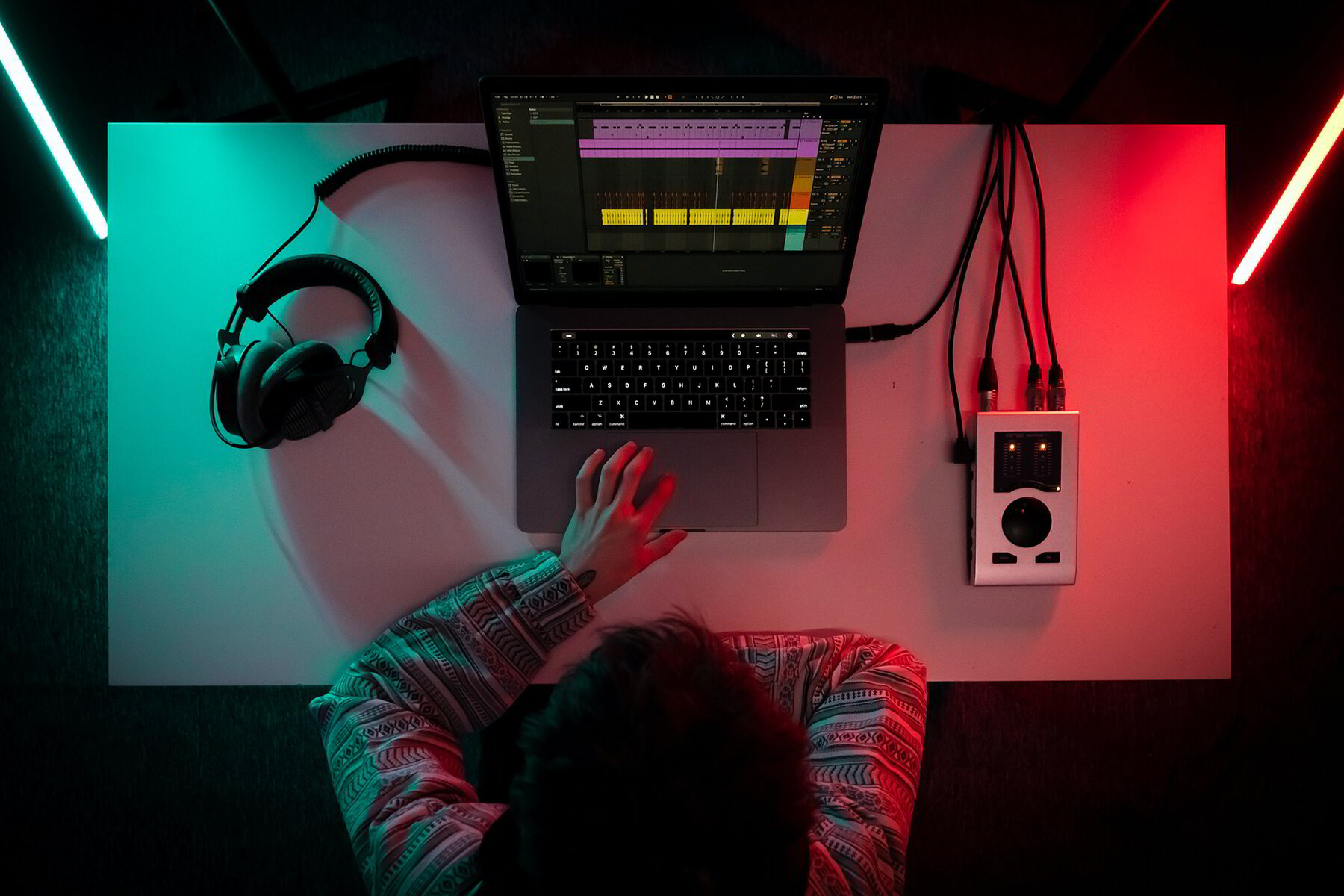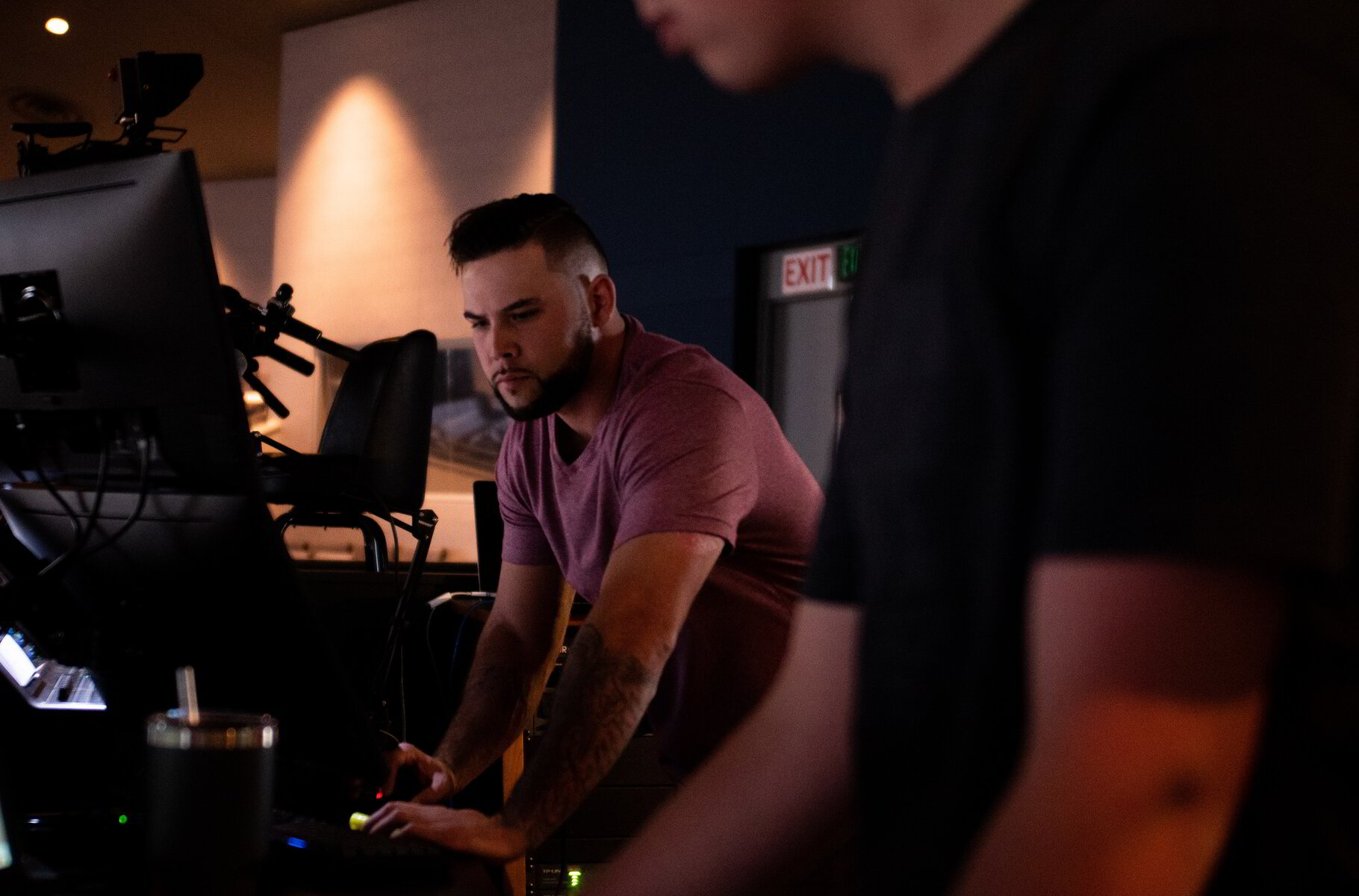Pop music has the remarkable power to captivate listeners and leave a lasting impression. Behind every catchy melody and infectious chorus lies the art of pop music production. It's a delicate balance of creativity, technical expertise, and an understanding of what makes a song connect with its audience.
In this article, we'll dive into the world of pop music production, exploring the techniques, tools, and creative processes that contribute to crafting hits that resonate with millions. Join us on this journey as we unravel the secrets behind the art of pop music production.

The Evolution of Pop Music Production
The Early Days: Simple Melodies and Catchy Hooks
In the early days of pop music, simplicity was key. Artists focused on crafting memorable melodies and catchy hooks that would stick in the minds of listeners. The use of traditional instruments like guitars, pianos, and drums formed the foundation of these songs. Think of iconic tracks from artists like The Beatles, Elvis Presley, and Michael Jackson.
The Rise of Studio Techniques
As technology advanced, so did the possibilities in pop music production. The 1960s saw the emergence of studio techniques that pushed the boundaries of sound manipulation. Artists began experimenting with multi-track recording, layering instruments and vocals to create rich and immersive soundscapes. The Beach Boys' "Pet Sounds" and The Beatles' "Sgt. Pepper's Lonely Hearts Club Band" are prime examples of this era.
The Digital Revolution
The digital revolution of the 1980s transformed the pop music landscape. Electronic instruments and synthesizers became popular, allowing artists to explore new sonic territories. The rise of digital audio workstations (DAWs) revolutionized the production process, making it more accessible and flexible. Acts like Madonna, Prince, and Michael Jackson embraced these new technologies to create groundbreaking pop hits.

The Elements of Pop Music Production
Catchy Melodies and Hooks: The Heart of Pop
At the core of every pop song is a catchy melody and hook that lingers in the minds of listeners. These memorable musical phrases serve as the emotional center of the song and often define its identity. Crafting a strong melody requires a deep understanding of music theory, an ear for what resonates with audiences, and a knack for creating something unique.
Captivating Lyrics: Telling Stories that Connect
Alongside the melodies, pop music thrives on compelling lyrics that tell stories and evoke emotions. Whether it's a tale of love, heartbreak, or empowerment, the lyrics have the power to resonate with listeners on a personal level. Skillful lyricists weave words that are relatable, engaging, and easy to sing along to, further enhancing the song's appeal.
Groove and Rhythm: The Foundation of Pop
No pop song is complete without a solid groove and infectious rhythm. The interplay between drums, bass, and other rhythmic elements creates a foundation that drives the song forward and makes it impossible to resist tapping your feet or dancing along. The art of crafting a groove lies in finding the perfect balance between simplicity and complexity, ensuring it complements the melody and lyrics.

The Role of Technology in Pop Music Production
Recording and Mixing: Polishing the Diamond
Advancements in recording technology have significantly influenced the production process. With the advent of digital recording, producers gained unprecedented control over the sound, allowing for precise edits, overdubs, and manipulation of individual tracks. Mixing plays a crucial role in the production process, bringing together all the elements to create a balanced and cohesive sonic experience.
Virtual Instruments and Sample Libraries
Virtual instruments and sample libraries have become invaluable tools for pop music producers. These software-based instruments provide access to a vast array of sounds, from realistic emulations of acoustic instruments to futuristic synthesizers. Producers can experiment and layer different sounds to create unique textures and sonic landscapes that define the modern pop sound.
Effects and Processing: Shaping the Sound
Effects and processing play a vital role in sculpting the sonic characteristics of a pop song. From reverbs and delays to compression and equalization, these tools help create depth, width, and impact in the mix. Skilled use of effects can transform a simple arrangement into a larger-than-life production, elevating the emotional impact of the song.

The Collaborative Nature of Pop Music Production
The Producer's Role: Shaping the Vision
The producer plays a pivotal role in pop music production, guiding the creative direction and ensuring the artist's vision comes to life. They work closely with the artist to refine the song, select the right sounds and arrangements, and provide guidance during the recording and mixing process. A skilled producer brings out the best in the artist, pushing them to deliver exceptional performances and capturing their unique essence.
The Importance of Songwriters and Topliners
Behind every successful pop song, there are talented songwriters and topliners. These individuals specialize in crafting lyrics and melodies that resonate with audiences. They collaborate with artists and producers to bring their ideas to fruition, contributing to the creation of a hit song. The chemistry between the songwriter, topliner, and artist is vital in capturing the magic that makes a pop song stand out.
The Art of Vocal Production
Vocals are often the focal point of a pop song, and skillful vocal production is essential to create a captivating performance. Producers work closely with artists to ensure the vocals are recorded with clarity and emotion, employing techniques such as double-tracking, harmonies, and vocal effects to enhance the overall impact. The goal is to capture a vocal performance that moves the listener and conveys the intended message of the song.
Conclusion
The art of pop music production is a multifaceted journey that combines creativity, technical expertise, and a deep understanding of what resonates with audiences. From crafting catchy melodies and engaging lyrics to leveraging technology and collaborating with talented individuals, every step in the production process contributes to the creation of a pop hit that captivates the world. So, embrace your creativity, experiment with new techniques, and let the power of music guide you as you embark on your own pop music production journey.
FAQs
Q1: Can anyone learn pop music production, or is it only for experienced musicians?
Absolutely! Pop music production is accessible to anyone with a passion for music. While experience and musical knowledge can certainly be advantageous, anyone can learn the technical skills and creative processes involved in pop music production through dedicated practice and learning.
Q2: What software do pop music producers use for their productions?
There are several popular software options for pop music production, such as Ableton Live, Logic Pro, and FL Studio. These digital audio workstations (DAWs) provide a comprehensive set of tools for recording, arranging, and mixing music, making them ideal choices for producers in the pop genre.
Q3: How important is it to stay up-to-date with the latest trends in pop music production?
Staying up-to-date with the latest trends in pop music production can be beneficial, as it helps you understand the evolving sound and techniques used in the genre. However, it's also essential to balance innovation with maintaining your unique style and creative voice to stand out in a saturated market.
Q4: Can pop music production be a viable career choice?
es, pop music production can be a viable career choice for those passionate about music production. With the rise of digital platforms and streaming services, there are ample opportunities for talented producers to collaborate with artists, create their own music, or work in the industry as session producers or mix engineers.
Q5: Are there any specific challenges in pop music production compared to other genres?
Pop music production often involves finding the right balance between commercial appeal and artistic integrity. It requires a deep understanding of the genre's conventions and trends while pushing creative boundaries. Additionally, the fast-paced nature of pop music production can demand quick turnarounds and adaptability to meet deadlines and changing industry demands.
THE INDIE ARTIST'S RELEASE ROADMAP
A free guide to help indie artists create a killer release plan, connect with industry tastemakers, and create buzz around their music.
You've finished your song or EP and you are ready to release it. But you don't know where to start, who to tell, or what service platforms to use and when. Well, this book tells you exactly how to get your music heard by as many people as possible.
An easy-to-follow, step-by-step walkthrough for any artist serious about growing their business with music, this ebook has been put together to ensure you get the absolute best out of your next release. Gone are the days of being branded with the dreaded <1,000 on Spotify.
Inside this 34-page book, you will find step-by-step instructions on how to orchestrate the perfect release including recording and mixing, pre-release, distribution, getting write-ups, playlist placements and much, much more.
We will literally never ever ever send spam

